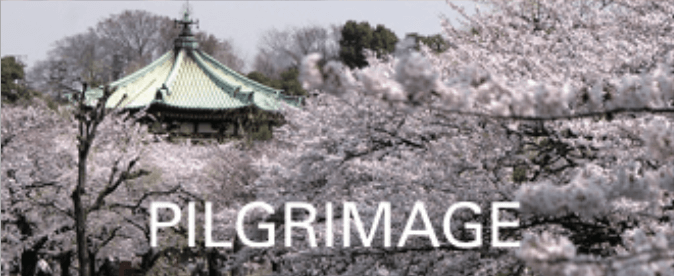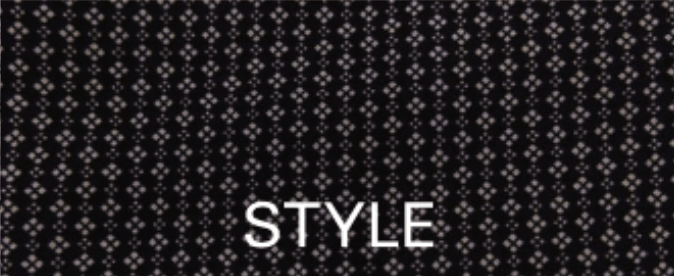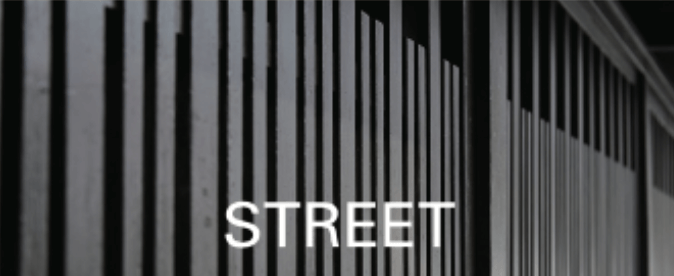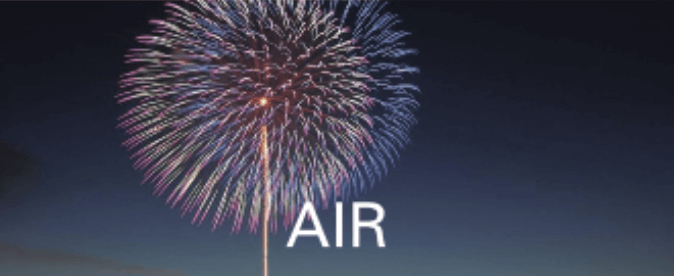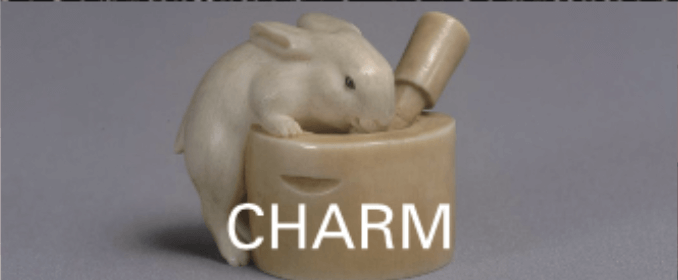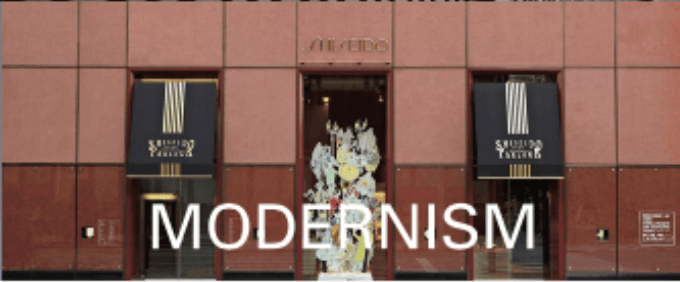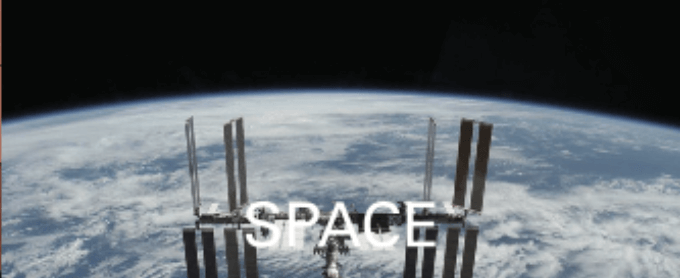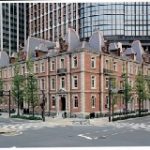
The building of this museum was designed by British architect Josiah Conder (1852 – 1920), who was hired by the Meiji Japanese government as a professor of architecture for the Imperial College of Engineering. The building was completed in 1894, as the Mitsubishi No.1 building. The present Mitsubishi No.1 building was restored to its original appearance as faithfully as possible, and this museum opened in 2010, which holds special exhibitions centered on 19th century modern art, the same period as this building.
Mitsubishi Ichigokan Museum, is located in the Marunouchi business district. Marunouchi was used for the barracks and parade ground for the Japanese Army, in the front of the Imperial Palace, after the Meiji Restoration. The Meiji Restoration was an event that sectored practical imperial rule of the Empire of Japan in 1868 under Emperor Meiji. After the barracks and the parade ground moved, Marunouchi transformed to a business district, constructing the building of the Mitsubishi Ichigokan.
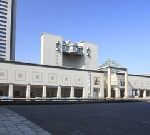
This museum possesses a broad collection, such as the works of Salvador Dalí (1904 – 1989), a Spanish surrealist painter, Renè Magritte (1898 – 1967), a Belgian surrealist painter, and Paul Cèzanne (1839 – 1906), a French Post-Impressionist painter. The museum also featured works of artists deeply associated with Yokohama since the End of the Edo period (1603 – 1868) and the Meiji period (1868 – 1912), including photo collections. This museum holds attractive temporary exhibitions throughout the year, in addition to the collection exhibition that introduces these works.
Photography arrived in Japan in 1860, in the year after the port of Yokohama opened to overseas visitors. An American opened the first photo studio in Japan in Yokohama. The history of the opening of the Yokohama Port is also the history of Japanese photography. (The museum will be closed from March 2021 to 2023 for renovation.)
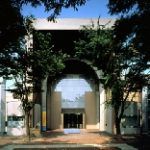
Okakura Kakuzo Tenshin (1862 – 1913), a Japanese scholar, contributed to the development of the Arts in Japan and was the author of The Book of Tea, left the Tokyo School of Fine Art in 1898. He worked with Yokoyama Taikan (1868 – 1958) and others to create “live art” rooted in Japanese history and culture, centered on Rokkakudo in Izura coast, Ibaraki.
This museum is the annex of the Museum of Modern Art, IBARAKI (Mito), which has the theme of Ibaraki art born from the region, in response to Bunten exhibition, art exhibition sponsored by the Ministry of Education (antecedent of the Nitten exhibition). This museum holds exhibitions of the museum collection and rents exhibition room.
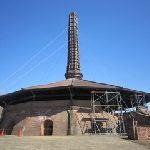
It is a brick kiln founded at Nogi Town in 1890 by the former Shimotsuke Brick Manufacturing Company, which has a hexdecagonal outline, is about 34m high and a 100m circumference. It is valuable industrial heritage, maintaining its complete shape, and is National important cultural property. This kiln was a state-of-the-art continuously firing kiln, devised for brick production by Friedrich Hoffmann of Germany.
It had sustained the modernization (brick construction) for about 80 years from 1890 to 1971, which the government and public offices began as Civilization and Enlightenment, after the Meiji Restoration, an event that sectored practical imperial rule of the Empire of Japan in 1868 under Emperor Meiji.
– In 1872, the Ginza Great Fire occurred in Tokyo, after the Meiji Restoration. The construction of Brick buildings on the streets in Ginza began. It showed that Edo ended and Tokyo started.

This is a sculpture museum dedicated to Nakahara Teijiro ( 1888 -1921), a pioneer of Modern Japanese Sculpture. He was associated with Asahikawa and made a great mark on the history of modern Japanese sculpture. This museum holds Permanent and special exhibitions centering on his 12 sculptures that express the interior of objects with solid and realistic composition. This museum introduces the inner breath of his arts which had let Akutagawa Ryunosuke (1892 – 1927), a Japanese writer, describe it as alive.
– The two-story wooden building of this museum was built in 1902 in the Western style, as an army officer club. It was restored for this museum.
